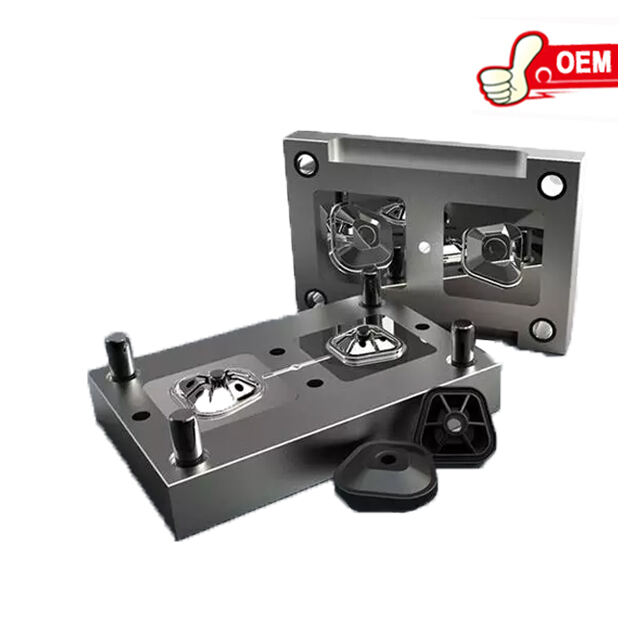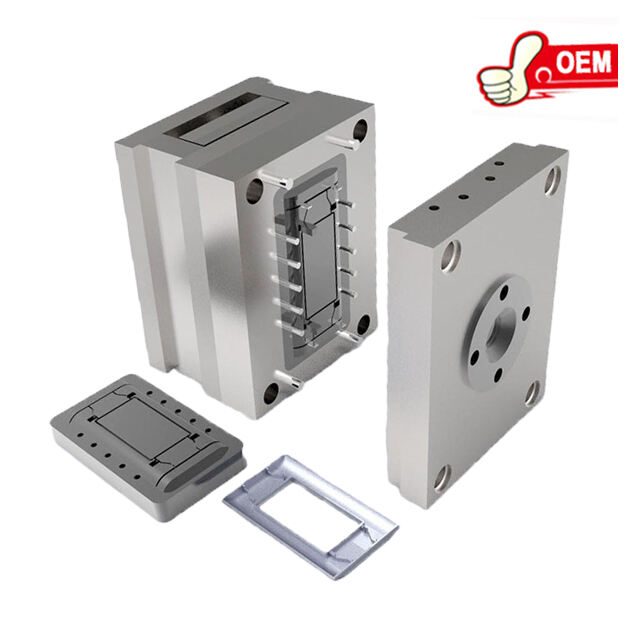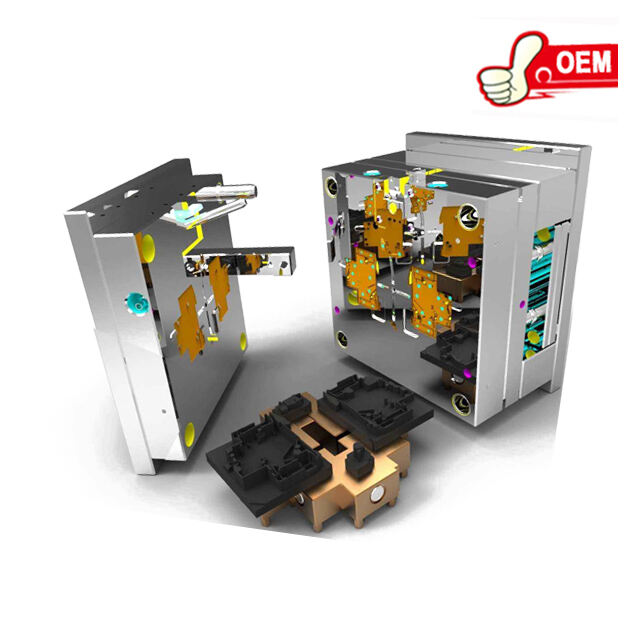plastic injection molding
Plastic injection molding is a manufacturing process that involves injecting molten plastic into a mold to produce parts and components with precise shapes and dimensions. Its main functions include shaping, forming, and fabricating a wide range of plastic products. Technological features of this process encompass high-pressure injection, automated machinery, and intricate mold designs, which ensure the production of high-quality, intricate parts with consistency. Plastic injection molding is widely used across various industries, including automotive, medical, consumer goods, and electronics, due to its capability to produce complex parts in large volumes efficiently.


